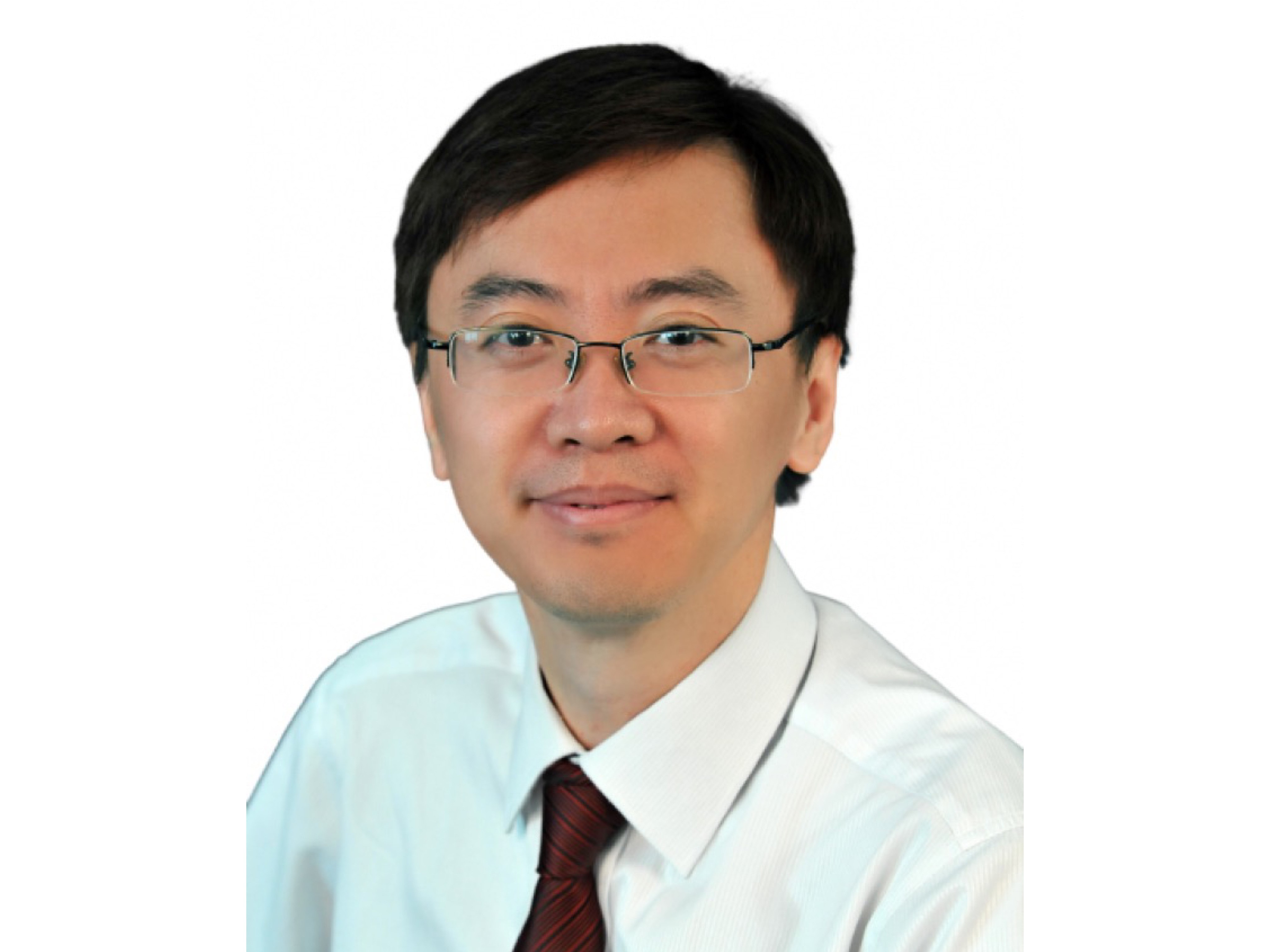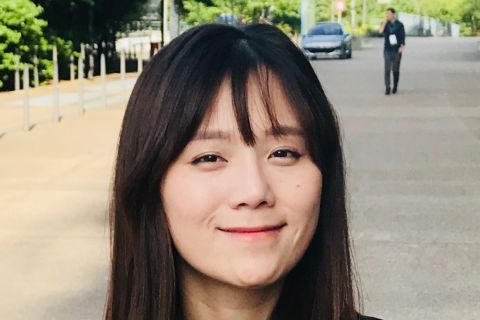
By Jovina Ang
SMU Office of Research & Tech Transfer– A growing body of research shows that social media is increasing the polarisation of views.
In Singapore, the trend can be observed on topics such as racism, immigration, gender equality, meritocracy or more recently, COVID-19 vaccination and social distancing.
In fact, 64 per cent of the people surveyed in Singapore recently said that they have observed an increased polarisation of views on social media in the past five years, and it is perceived to be getting worse.
This is concerning as it could affect social cohesion, which matters a lot to a small multi-cultural country like Singapore.
What is concerning for academics, community leaders and government is that little is known about the psychological factors affecting the development of the polarising views, including what makes people susceptible to these views and communication.
Most of the research to date has been focused on the reflection of the state of political and social polarisation of the society at large, and often does not focus on the individuals in the society.
In an interview with the Office of Research & Tech Transfer, Assistant Professor of Computer Science Gao Wei said: “Understanding and unpacking the polarising views matters as there are downstream repercussions including societal implications affecting social harmony and integration, and the spread of misinformation and fake news on social media.”
He continued: “I am super excited to be embarking on this research together with my three collaborators. Prior research tended to use natural language processing to extract specific embedded words from large datasets to determine user demographics and behaviour. While these research provided some overview of the users, it did not tell us about the individuals’ psychological states or user stances. Understanding psychological states and user stances is important because our innate views are a determinant of our behaviours. To my knowledge, there exists no such research.
“And we want to develop the world’s first self-learning user stance embedding computational model,” he added.
The research
Other than Professor Gao, SMU Assistant Professor of Computer Science, Jisun An, as well as Dr. Joseph Simons and Dr. Prasanta Bhattacharya from A*STAR (Agency for Science, Technology and Research) will be involved in this inventive and innovative research project, which is one of the first studies under the newly established A*STAR-SMU Joint Lab in Social and Human-Centered Computing.
The team has designed a three-year research project to answer the four research questions below:
- Is it possible to use the polarising content posted by social media users to learn about their psychological states and stance?
- Does the polarising content build online communities who share a common worldview or ideology?
- Can specific groups of communities be identified using user specific constructs in the computational model?
- Can the computational model accurately predict future user interactions, including how they form and adapt to the different communities?
To kick-start the project, the research team will first identify the contentious topics from social media to identify the relevant data and structures that drive the polarising views.
Given that there is a linkage between words, narratives and social media engagement, and the individuals’ innate views, the team hopes to infer and form a psychological foundation about the individuals’ values, personalities, attitudes and moral judgments about contentious topics. In so doing, the team hopes to answer the first research question.
Next, the team will move on to develop and construct a self-learning user embedding computational model. The steps of developing such a model are extensive and will involve machine learning algorithms to generate the user stance embeddings.
Additionally, the team hopes to understand if indeed users having common stances would form their own specific clusters. And if this is so, the research team intends to use and test whether the computational model can predict future user behaviours, as well as the interaction patterns among the clusters of users.
Furthermore, the team intends to analyse the impact of the media in influencing the user stances.
“There are many potentials applications from the computational model. One potential application is to use the predictive capability of the model to minimise social division and maximise social cohesion to new and emerging polarising views”, Professor Gao said.
Back to Research@SMU May 2022 Issue
See More News
Want to see more of SMU Research?
Sign up for Research@SMU e-newslettter to know more about our research and research-related events!
If you would like to remove yourself from all our mailing list, please visit https://eservices.smu.edu.sg/internet/DNC/Default.aspx
